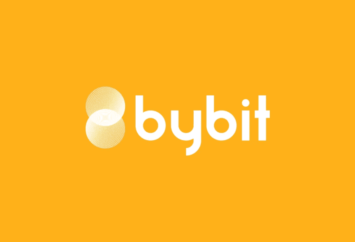However, the blockchain audit firm noted some $3.7 billion was lost to scams and hacks in 2022, making it the worst year to date for nefarious activities in the market’s history.
Crypto market participants had few reasons to cheer in the last month of 2022 – but a low attack and theft figure was one of them.
In December $62 million worth of tokens were stolen, scammed or attacked, making it the least harmful month in 2022 in terms of money lost to nefarious activities. In contrast, CertiK recorded over $595 million worth of crypto-based attacks in November.
The year, overall, saw over $3.7 billion lost to various attacks, hacks and scams – making 2022 the worst year in the market’s history so far. Attackers gained over $3.2 billion in 2021. But 2022 was off to an even rockier start with a $325 million exploit of popular cross-chain service Wormhole, which was followed by a $625 million attack on Axie Infinity’s Ronin bridge, and then a $200 million exploit of the Nomad bridge.
Helio Protocol’s $15 million attack and Defrost Finance’s $12 million alleged rug pull were the top attacks in December. A rug pull refers to a developer or creator promoting a project, such as a new token or non-fungible token release, and then disappearing with investor money.
Flash loan attacks saw over $7.6 million impacted, with a single attack on crypto project Lodestar accounting for $6.5 million of this figure. Four other projects saw similar attacks with amounts ranging from $50,000 to $300,000.
Flash loans are a popular way for attackers to gain funds to conduct exploits on decentralized finance (DeFi) systems.
The loans allow traders to borrow unsecured funds from lenders using smart contracts instead of third parties. They do not require any collateral because the contract considers the transaction complete only when the borrower repays the lender. This means a borrower defaulting on a flash loan would cause the smart contract to cancel the transaction and the money would be returned to the lender.
Attack vectors in the crypto sector range from exploiting bridges, a blockchain-based tool that allows users to transact between different networks, to market manipulation, where rogue traders utilize millions of dollars to move thinly traded markets in their favor to net several multiples of the initial capital deployed.
DISCLOSURE
Please note that our privacy policy, terms of use, cookies, and do not sell my personal information has been updated.
The leader in news and information on cryptocurrency, digital assets and the future of money, CoinDesk is a media outlet that strives for the highest journalistic standards and abides by a strict set of editorial policies. CoinDesk is an independent operating subsidiary of Digital Currency Group, which invests in cryptocurrencies and blockchain startups. As part of their compensation, certain CoinDesk employees, including editorial employees, may receive exposure to DCG equity in the form of stock appreciation rights, which vest over a multi-year period. CoinDesk journalists are not allowed to purchase stock outright in DCG.
Learn more about Consensus 2023, CoinDesk’s longest-running and most influential event that brings together all sides of crypto, blockchain and Web3. Head to consensus.coindesk.com to register and buy your pass now.


:format(jpg)/s3.amazonaws.com/arc-authors/coindesk/8ba9bdd5-0fa0-4f4f-864f-0da5c290a777.jfif)
